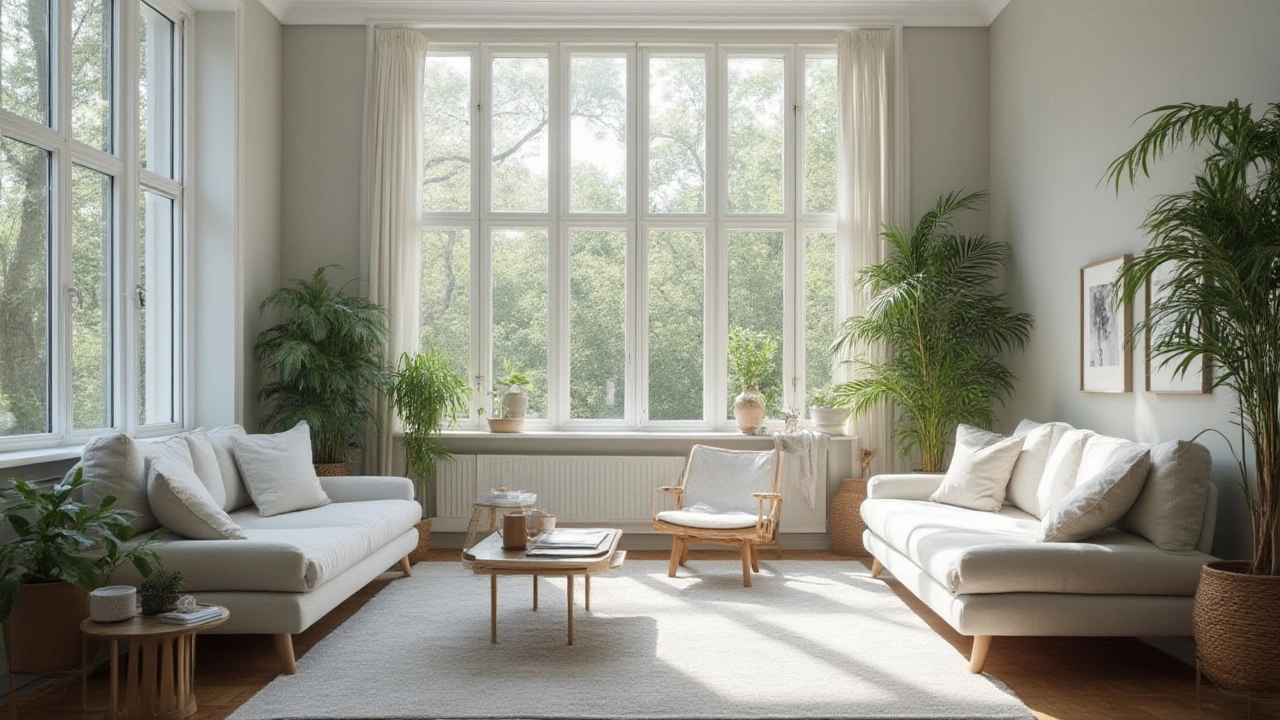Best Gray Paint: Top Shades and Easy Tips
Gray is the go‑to color for modern homes because it works with almost any style. Whether you want a calm bedroom, a sophisticated living room, or a fresh kitchen, the right gray can set the mood without overwhelming the space.
Choosing the Right Gray
First, figure out if you need a cool or warm gray. Cool grays have blue or green hints and look sleek in rooms with lots of natural light. Warm grays carry beige or brown tones and feel cozy in spaces that get less sun. A quick way to tell the difference is to compare a paint chip to a piece of white paper—if it leans toward blue, it’s cool; if it leans toward yellow, it’s warm.
Lighting changes how gray appears. Direct sunlight often makes cool grays pop, while artificial light can mute warm tones. Test paint on a small wall section and watch it at different times of day. If the color swings too much, choose a shade with a balanced undertone that stays steady in both bright and dim light.
Gray Paint in Different Rooms
Living rooms. A medium‑tone gray, like “Stormy Cloud,” works well when paired with neutral sofas and wooden accents. It adds depth without stealing the spotlight, and you can brighten the area with colorful pillows or artwork.
Bedrooms. Soft, light grays such as “Whispering Mist” create a soothing backdrop for sleep. Pair them with warm bedding and dimmers to keep the space relaxed. The subtle tone also lets you experiment with bold headboards or curtains later on.
Kitchens and bathrooms. Look for a gray with a hint of green or blue, like “Sea Salt Gray.” These undertones hide water spots and soap scum better than pure gray. Combine with stainless steel fixtures and white cabinets for a clean, airy feel.
When you’re ready to buy, pick a sample and paint a 12‑inch square at eye level. Live with it for a few days, and notice how it reacts to your furniture, floor, and windows. If you’re still unsure, ask a friend for a second opinion—fresh eyes can spot a mismatch you might miss.
Combining gray with other colors is simple. Dark wood, brass hardware, or even bright greens can add contrast without clashing. Just keep the overall palette limited to three main colors to avoid visual overload.
Finally, remember that gray isn’t a one‑size‑fits‑all solution. Take the time to test, think about light, and match the undertone to your room’s character. With a bit of effort, you’ll end up with a space that feels both modern and inviting.
Best Shades of Gray for Making a Room Look Larger
Discover which shades of gray can make your room feel larger. Get tips, real-life examples, and clear answers on choosing the perfect gray paint.
More
